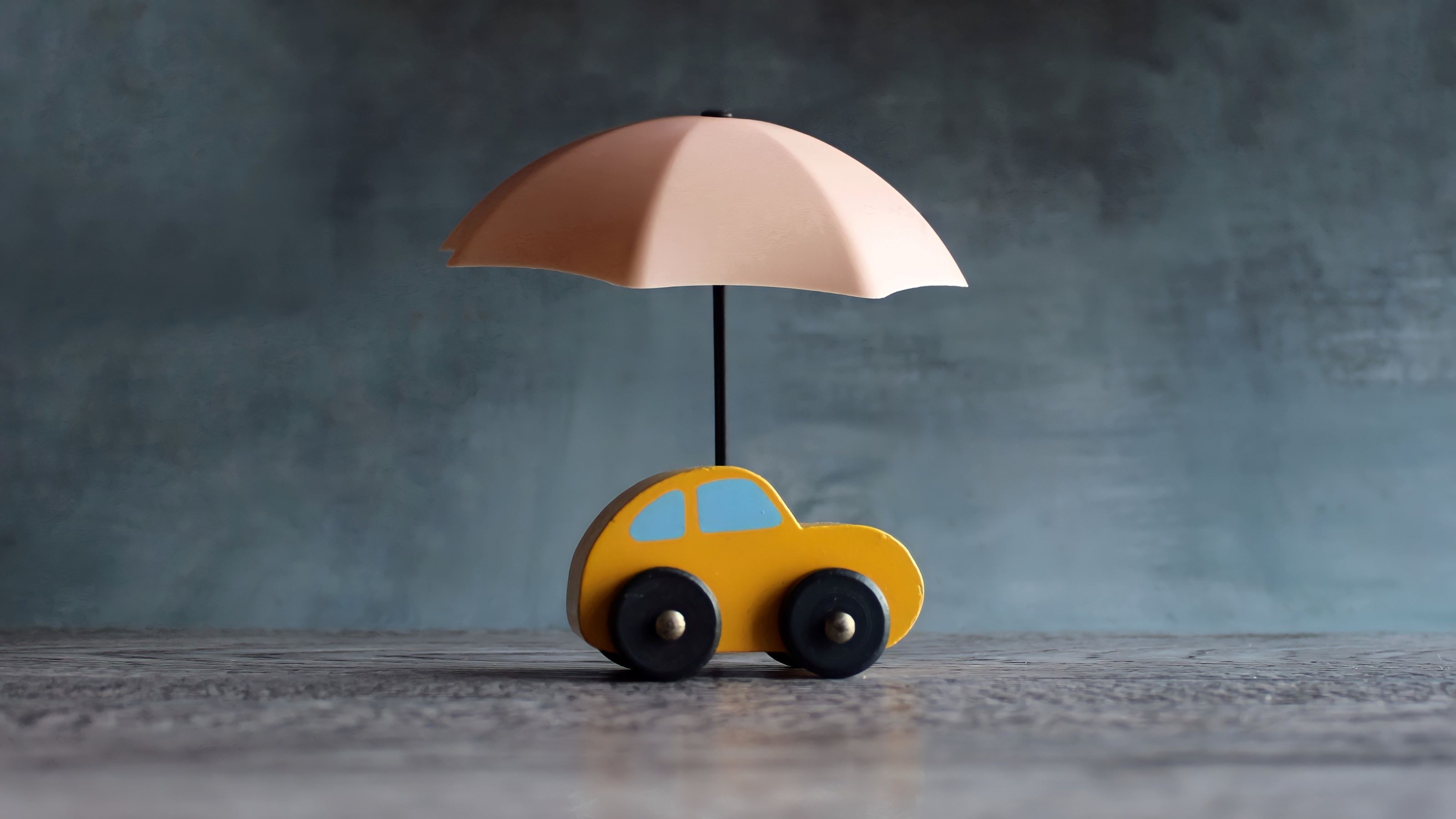
To help you understand what is going on in the insurance sector our highly experienced Kiplinger Letter team will keep you abreast of the latest developments and forecasts (Get a free issue of The Kiplinger Letter or subscribe). You'll get all the latest news first by subscribing, but we will publish many (but not all) of the forecasts a few days afterward online. Here’s the latest…
If you own a home or a car, you’ve probably seen some hefty increases in your insurance premiums in the past few years. Insurance costs have been soaring due to high inflation, insurers’ greater exposure to disasters like hurricanes and wildfires, and rising reinsurance costs. Unfortunately, there’s little relief in sight. But there are steps consumers can take to mitigate the pain of mounting insurance costs.
Property insurance, which includes auto and home, is a significant outlay for many households. Home insurance premiums rose about 30% from 2019 to 2023, while rebuilding and replacement costs went up 55% during the same period. Insurers’ losses from natural disasters topped $65 billion in 2023. There were a record 28 weather and climate disasters that each had losses totaling over $1 billion last year, according to the National Oceanic and Atmospheric Administration. By comparison, between 1980 and 2023, the average annual number of these events (with cost adjusted for inflation) was 8.5. High inflation has also forced insurers to raise rates over the past few years to cover claims.
These changes have made it increasingly difficult for traditional insurance and reinsurance economic models to accurately assess and price the risk of insuring property. Insurers are also facing mounting costs for rebuilding homes, due to short supplies of building materials and skilled labor. When it comes to car insurance, shortages of certain parts also are driving up repair costs.
Rising premiums have prompted some homeowners to reduce their coverage or forgo protection against certain natural disasters. This has become a more widespread problem over the past three years, as rising policy rates have raised the cost of insurance for owners.
A recent survey found that 88% of U.S. homeowners had property insurance in 2023, down from 95% in 2019. Only 4% had flood insurance, even though 90% of the country’s natural disasters involved flooding. Insufficient coverage, whether from floods, storms, wildfires or other perils, leaves property owners, lenders and other parties at risk.
Challenges in the insurance industry affect residential and commercial owners alike. 77% of U.S. homes are financed with mortgages and are subject to insurance purchase requirements, regardless of the cost of insurance. Real estate lenders, including banks and government-sponsored enterprises such as Fannie Mae and Freddie Mac, are also affected by the challenges in the insurance industry. For example, rising climate-related losses and decreasing insurance coverage for these losses could raise financial institutions’ exposure to disaster risk. Municipal and state governments are also affected since insurance costs and availability are key factors when determining if new developments are economically feasible, where they can be built, and their cost to build and operate. A recent Fannie Mae survey shows that nearly half of respondents expressed concern about the impact of extreme weather events on their homes. About two in three insured homeowners said weather-related events have had an impact on their home insurance premiums.
The insurance markets in Florida and California have received the most attention from the media, but problems extend beyond these markets. Some insurance companies are pulling back on homeowners’ policies in vulnerable areas across the country. American International Group (AIG) is curbing home insurance sales to customers in some areas at high risk of floods or wildfires. It recently announced it was exiting some markets in Colorado, Delaware, Idaho, Montana, New York and Wyoming. Last year, Farmers Group stopped offering new-home insurance policies in Florida. Meanwhile, State Farm and Allstate have pulled out of California’s home insurance market.
Rising costs and fewer options add up to higher premiums for homeowners. Growth in written industry premiums will likely exceed 12% this year, as insurance carriers keep trying to raise premiums enough to cover expected losses and expenses.
There are still some ways that homeowners can lower their premiums without reducing their coverage.
Ways to reduce homeowners insurance
- While it takes some time, shopping around online is always a good idea, to see if a different carrier can offer you a better price.
- Another option is to raise your deductible, which is the amount a homeowner has to pay out of pocket toward a loss before the insurance company starts to pay a claim. The higher the deductible, the more money a homeowner can save on premiums.
- Lastly, some companies that sell homeowners, auto and liability insurance will offer a discount when bundling two or more policies.
Money-saving tips for car insurance
- Price-compare online
- Consider raising your policy’s deductible if you’re willing to risk paying more out of pocket in case you make a claim and
- See if discounts are available if you bundle your auto policy with other types of coverage from the same insurer.
- You may also be able to earn a discount on your insurance if you take a safe-driving class.
If you’re in the market for a new car, it pays to carefully consider what sort of insurance cost you’ll be taking on, says Edmunds Senior Consumer Advice Editor, Ronald Montoya.
Electric vehicles can be particularly expensive to insure, he warns, because of the expense of replacing the battery in the event of an accident. Counterintuitively, new cars — whether gas or electric — that feature advanced safety systems can also be pricey to cover since their myriad sensors and electronics cost a lot to replace if you do get into an accident.
In general, it can cost you more to insure a new vehicle if you opt for the well-equipped model instead of the most basic version of the same car. All those bells and whistles that car salesmen love to tout are things that can break, which drives up your premium. Montoya’s advice to anyone car-shopping is to make sure you get a quote from your insurer for the various models and options you’re considering before making the purchase so that you’re not hit with sticker shock when you go to insure your new ride.
This forecast first appeared in The Kiplinger Letter, which has been running since 1923 and is a collection of concise weekly forecasts on business and economic trends, as well as what to expect from Washington, to help you understand what’s coming up to make the most of your investments and your money. Subscribe to The Kiplinger Letter.







